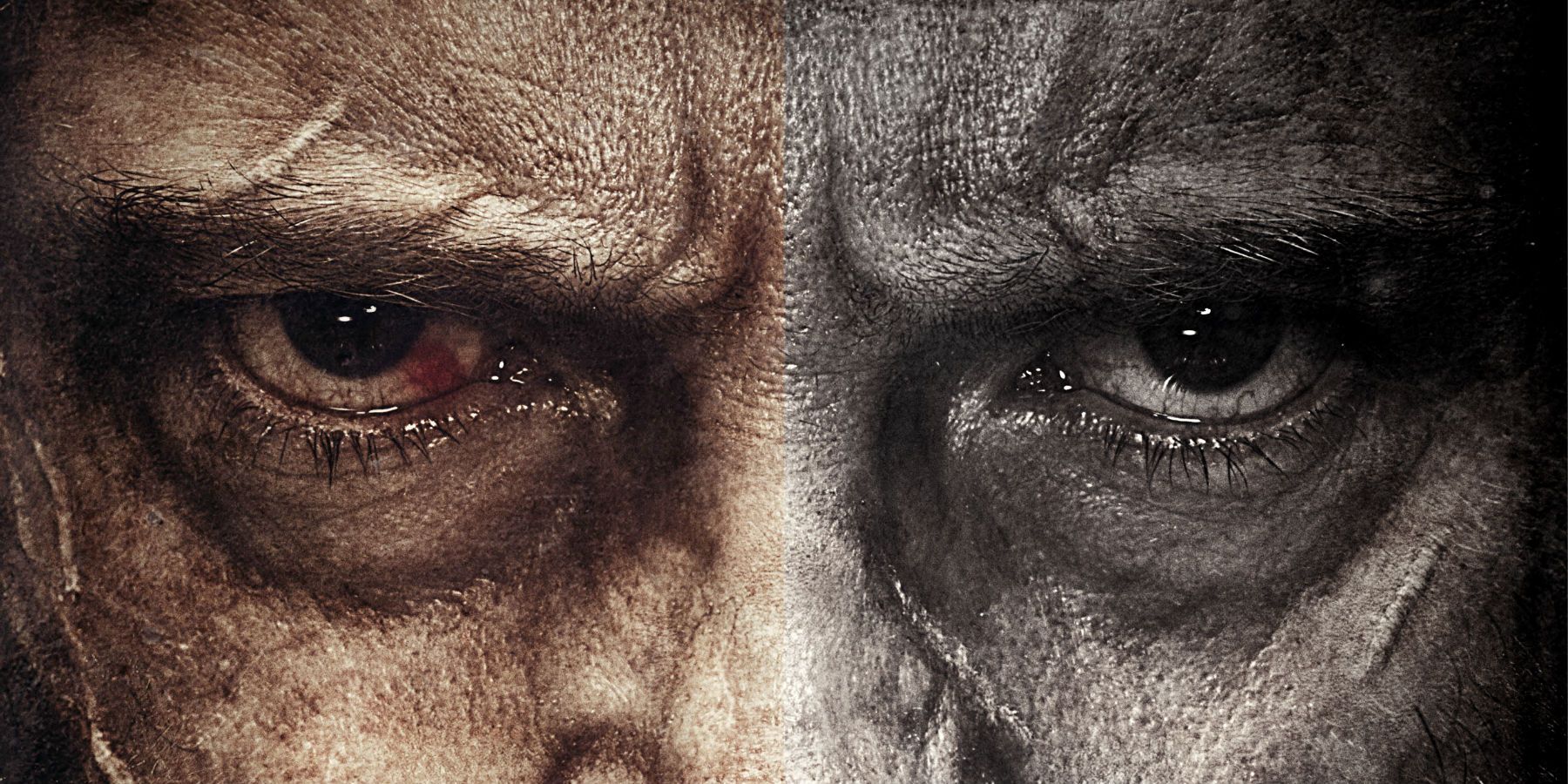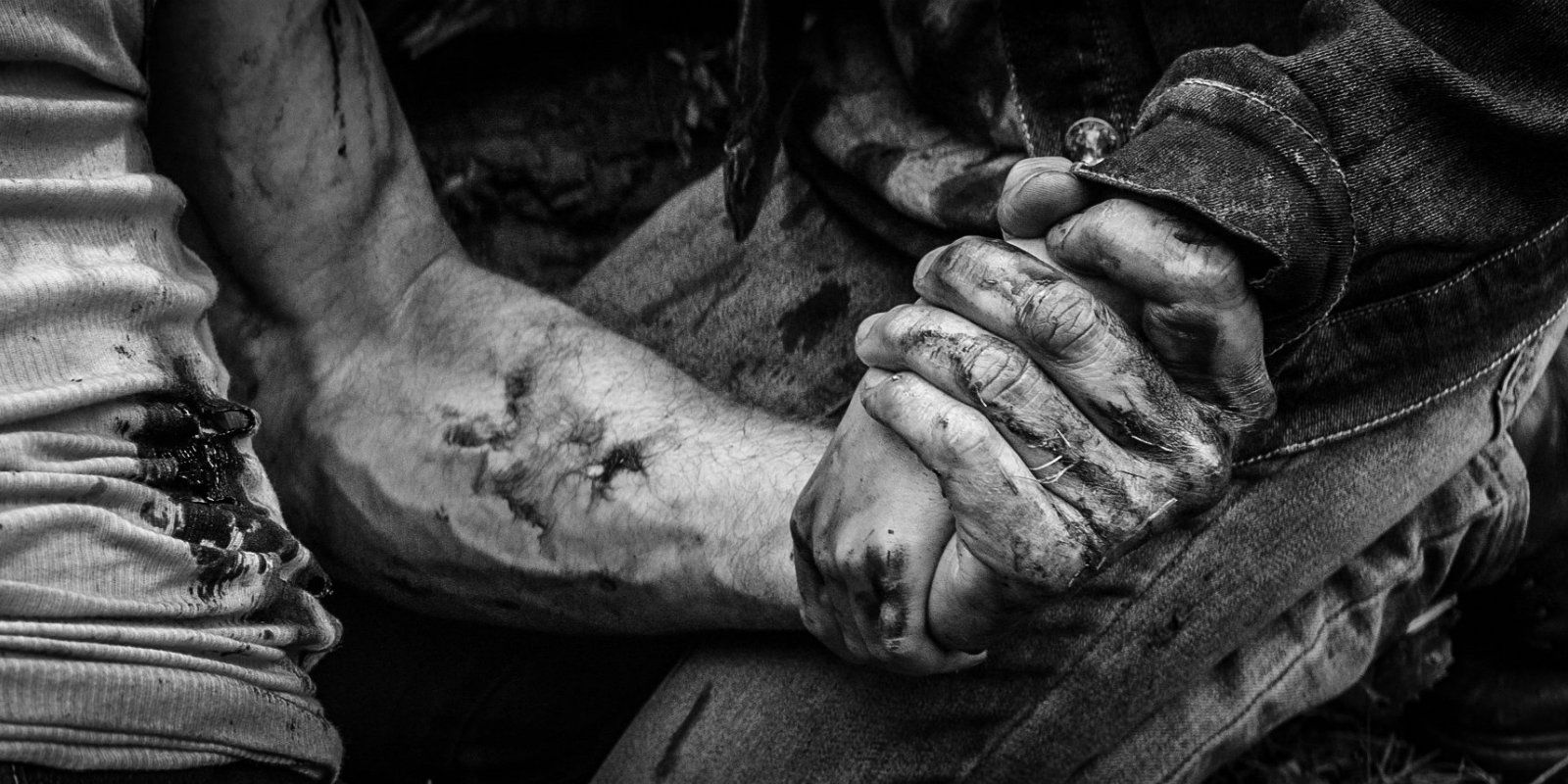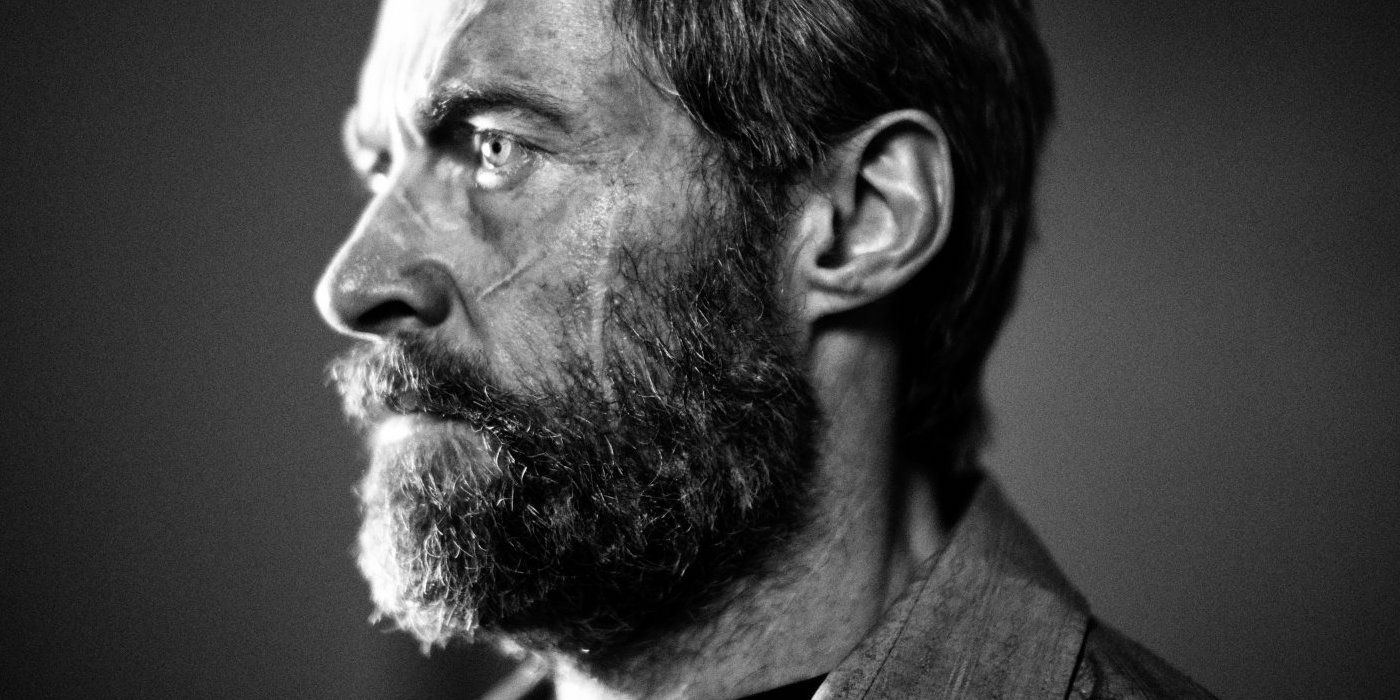Warning: SPOILERS ahead for Logan
-
Logan has returned to theaters again - this time with a black and white filter. 20th Century Fox's third Wolverine standalone movie was re-released in selected theatres across the US and Europe, as Logan Noir, and it packs just as much a punch as the technicolor version.
The movie's black-and-white life began as moody monochrome stills taken by director James Mangold throughout the film production. Before the initial release of the movie, these photographs were distributed by PRs to journalists as part of the promotion and on social media. They also appeared as a slideshow before press screenings, with Johnny Cash's cover of Nine Inch Nail's Hurt as its soundtrack.
"We had some other guys come onboard to do some black and white stuff which we thought would be cool for social," Hugh Jackman said at the Logan Noir European Premiere in London.
"There was such a strong reaction to those photos in black and white, and in fact we were halfway through the movie when this was coming back, and Jim and I were like 'wow, what a cool thing to do. Jim had kept thinking about it and as soon as the movie came out, and I think with the success of it, he then said 'I want to do a black and white version.' It is absolutely stunning to see it here on the big screen."
"Stunning" is just the right word to describe the aesthetic of Logan Noir. Every scene and angle looks like something out of an arthouse film, like a classic Hollywood Western that the movie tries so hard to encapsulate. With every black-and-white set photo tweeted out by Mangold, more people wanted a black and white version.
"Of course, in the modern world, [it’s] impossible to make a $100 million black and white film," the director told ScreenRant:
"I brought up to Fox as we were in post that I really wanted to experiment with producing a black and white version of the movie for home video and we had already done something like that with the footage – we had this early teaser we released, this kind of documentary style thing of Hugh driving. So I did that, and as we were working on the home video, it looked so good that I started talking to people about, ‘Why don’t we put this on a screen for a day or two?’ I didn’t know if Fox would respond or if theater owners would respond and suddenly it was happening. It was really exciting."
One of the reasons for Logan's R-rating was the film's excessive amount of bloody scenes as Wolverine, X23 and X24 put their adamantium appendages to fatal use. Mangold certainly captured Steve McNiven's Old Man Logan aesthetic in the color version, but in monochrome these violent moments hit you harder on an emotional level rather than a visual one. I felt myself become more emotionally engaged in the story, and the characters, because I wasn't wincing at the blood and gore (and there's a lot of it) or Logan's failing health and injuries. Scenes that had originally left me a little misty-eyed now had me silently weeping. The moment when Logan buries Professor Xavier is especially moving because of not just the focus on Jackman's face, as he fights for the right words to say in tribute to the X-Men founder, but also because of the black and white filter that brings a wistful edge to it.
To modern day audiences, black and white films often evoke this sense of nostalgia in the viewers because, as Mangold said, these movies aren't made by studios anymore - especially not in the big-budget superhero genre. The director also said he wanted to use the nostalgia of the past to bridge the gap between old Hollywood and new.
"I think black and white focuses you on character, in a way, it reduces the amount of eye candy, of color and distraction, but I think what it really is for most of us is a chance to connect the movie with movies of the past. It suddenly feels connected to Westerns and noir films that I wish people would watch more of."
That nostalgic sense is especially resonant in Logan Noir, as you watch two men coming to the end of their lives - fighting their final battle to help the future of mutants, but all the while haunted by those no longer with them. Both Xavier and Logan - and the rest of the world - long for a time when the X-Men protected the world, before Dr. Xander Rice caused the devastation of the mutant population. Every time the camera focuses on Logan's eyes you can see the pain and guilt he suffers for lasting so long and the briefest glimpses of hope as he begrudgingly fights for Laura's survival. Even in Professor X's final scene, as he remembers his role in the deaths of his X-Men, the black and white tone emphasises the sentimentality and love he feels for Logan and frames his goodbye so movingly.
Thematically too, Logan Noir is suited to this monochrome aesthetic because it emphasises the light and dark in each frame more than color. This contrast is especially effective in Wolverine's on-screen journey because in each film he's experienced a series of light moments (like finding the X-Men and becoming part of a family), but also a lot of darkness. Logan seems to have lost more people than any other X-Men character over the course of his silver screen run, but because of his healing abilities he's survived each anguish - sometimes reluctantly so. This is not to say every movie starring Wolverine should be in black and white, but since Logan is the final farewell to Hugh Jackman in the role (and Sir Patrick Stewart as Charles Xavier) the choice is definitely fitting.
Logan Noir is available now as a special feature on home video releases of Logan.



